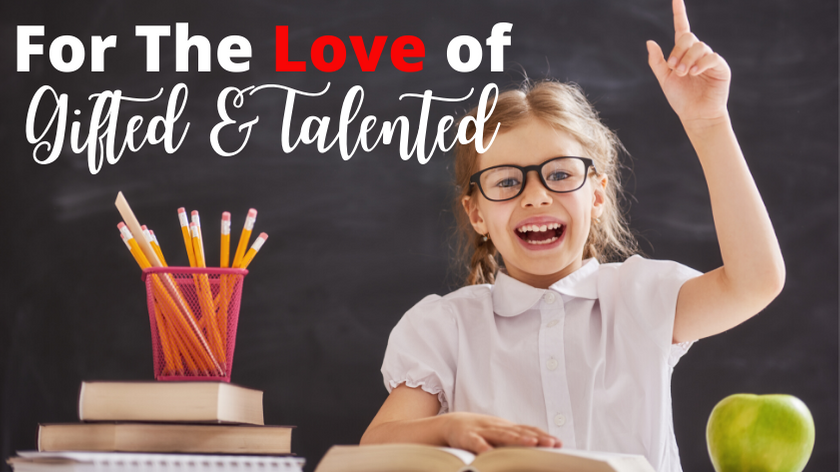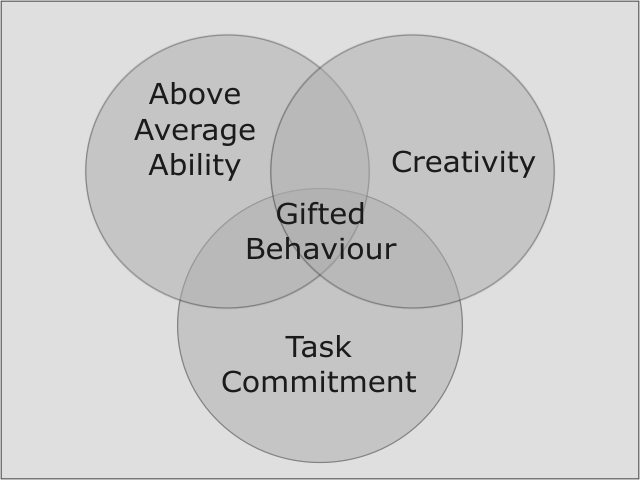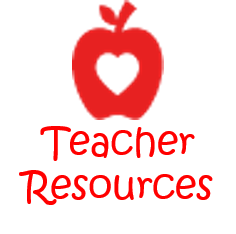What is Gifted Education?
Gifted Education is a program that is designed to identify students of all ethnic backgrounds, socioeconomic status, or geographic location that are in need of a differentiated education to challenge their academic capabilities and talents. These programs are designed to enrich and accelerate the curriculum to challenge students with specific needs. These programs allow students to go above and beyond in showing their true gifts and talents to achieve success by providing various learning opportunities with higher expectations than a regular education setting. The program recognizes and strives to provide for the diversity of the academic, interpersonal, and emotional needs of each student in an appropriate environment.
Teachers of Gifted Students
Teachers of gifted and talented students are lifelong learners and regularly reflect on and adjust their practice. Since teachers are given new students each year with different needs, a teacher’s lesson plans may change from year to year. Each year teachers learn from their students’ needs and make changes to modify the curriculum and accommodate the needs of their students. Teachers appreciate the special instructional needs of gifted and talented learners. Teachers use differentiated instruction to meet student needs. This may include tiered instruction, compacting or accelerating the curriculum, and flexible grouping. Students are taught to become lifelong learners as well and value their gifts and talents.
Teaching Gifted Learners
Gifted education is not a one size fits all program. For students to be successful, teachers use various teaching strategies and may individualize lessons and projects for students. Teachers of gifted and talented students offer various opportunities in an environment that allows students to feel safe, think out of the box, and take risks. Teachers of gifted and talented students are educated in the field of gifted and talented to understand the characteristics of the gifted and talented child and the identification process. Teachers also need to be educated to teach twice-exceptional students, students who are gifted but also have a learning challenge or disability. Teachers value the professional discourse about gifted education and collaborate with other teachers for the benefit of the students. Teacher collaboration is key in the appropriate development of programs and differentiated strategies that are used in the classroom to meet the needs of the students.
The Gifted Classroom
In a gifted and talented classroom setting, students are valued and treated equally. Students are taught to value themselves and their gifts and talents. A positive attitude toward personal giftedness is encouraged. There are many diverse student abilities in these programs. Students are allowed to pursue topics that would not be in the regular classroom curriculum and explore them at deeper levels. The gifted student is able to work more independently and produce work at an accelerated pace. In a gifted program, the needs of the gifted student are met and challenged. Gifted students in gifted and talented programs achieve at higher levels. Gifted education programs set goals and standards for the gifted child to achieve. In these specialized programs teachers and students work together to achieve success.
Not all school districts have a self-contained gifted program. Some districts have a “pull out” program, where the students are removed from the regular classroom for instruction in different subject/content areas with other gifted peers.
Gifted Identification
Typically an IQ of 130 or more identifies a child to be intellectually gifted. Being able to identify the characteristics of students to know what kind of learner they are is important for identification, instruction, differentiation, grouping, and more. Refer to this chart by Bertie Kingore to note the differences in learners.
|
|||||||||||||||||||||||||||||||||||||||||||||||||||||||||||||||||||||||||||||||||
Understanding Our Gifted |
Here is another chart to refer to, noting the differences between the bright student vs the gifted learner.

Renzulli’s Three-Ring Conception of Giftedness
Gifted behaviour occurs
in certain people,
at certain times,
under certain circumstances.
Renzulli considers three factors important for the development of gifted behaviour: Above average ability, creativity, and task commitment.
Within the above-average abilities, Renzulli makes a difference between general abilities (like processing information, integrating experiences, and abstract thinking) and specific abilities (like the capacity to acquire knowledge, perform in an activity).
By creativity, Renzulli understands the fluency, flexibility, and originality of thought, openness to experience, sensitivity to stimulations, and a willingness to take risks.
Under task commitment, he understands motivation turned into action (like perseverance, endurance, hard work, but also self-confidence, perceptiveness and a special fascination with a special subject). Renzulli argues that without task commitment high achievement is simply not possible.
Only if characteristics from all three rings work together can high achievement or gifted behavior be witnessed.
(Information retrieved from http://www.gigers.com/matthias/gifted/three_rings.html)






